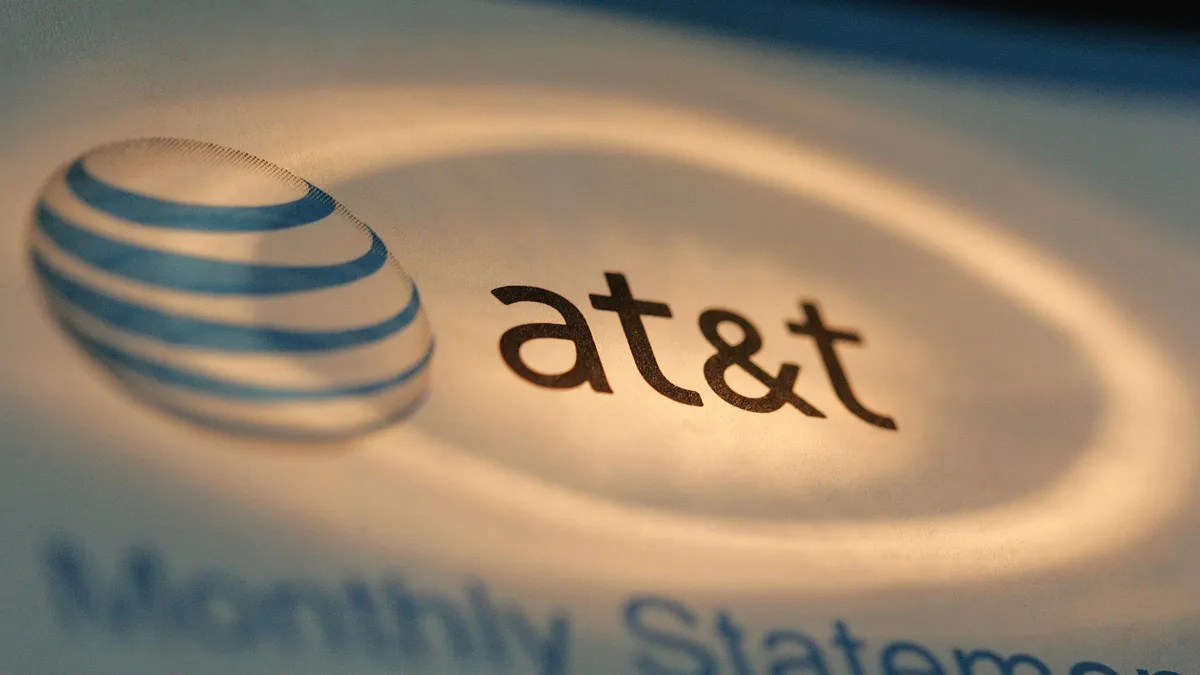Dive Brief:
- A former AT&T assistant vice president claimed the company engaged in illegal workplace discrimination when it fired him, an older, White male, following a commitment to diversify its leadership (DiBenedetto v. AT&T Services, No. 21-cv-04527 (N.D. Ga., Nov. 2, 2021)).
- By 2020 — two decades after AT&T hired the plaintiff — the company vice president the plaintiff reported to had nine assistant vice presidents. All were white, and most were male. This makeup fell short of AT&T's relatively new diversity and inclusion goals, "which emphasized making this level of leadership less white and less male," the complaint said.
- Many of the assistant vice presidents were also older — a fact on which the VP fixated, according to the worker's complaint. The VP, who oversaw the tax department, eliminated the oldest worker on his team because "he had little runway left in his career." When the plaintiff discussed the possibility of a promotion with his supervisor, the supervisor explained that it was unlikely: "In these roles, you know, you've got to be able to adapt and move, and I'm not saying you can't, but a 58-year-old white guy, I don't know if that's going to happen." Two months later, the plaintiff learned his position was eliminated.
Dive Insight:
AT&T CFO John Stephens emailed the finance department shortly before the plaintiff's termination, outlining the goals for the group. "Our demographics demonstrate that we must focus more on attracting and retaining diverse employees throughout our organization, especially at our senior levels," he wrote, according to the complaint.
This goal is one that many U.S. companies share as corporate America attempts to achieve better representation among staff, especially those in leadership. Corporate leaders are predominately White and male. As of August, the leaders of Fortune's U.S. 500 list included 41 women, two of whom were Black.
The numbers were no better globally. This year, 23 women, including six women of color, stood at the helm of Fortune's 500 Global companies list. The amount marked a historic high for both categories.
Companies pursuing D&I initiatives will need to ensure their goals don't lead them to cross the boundaries set up by anti-discrimination laws, however. The plaintiff accused AT&T of violating several, including Title VII of the Civil Rights Act of 1964 and the Age Discrimination and Employment Act. These statutes prohibit employers from discriminating against workers on the basis of characteristics such as race, sex and age.












